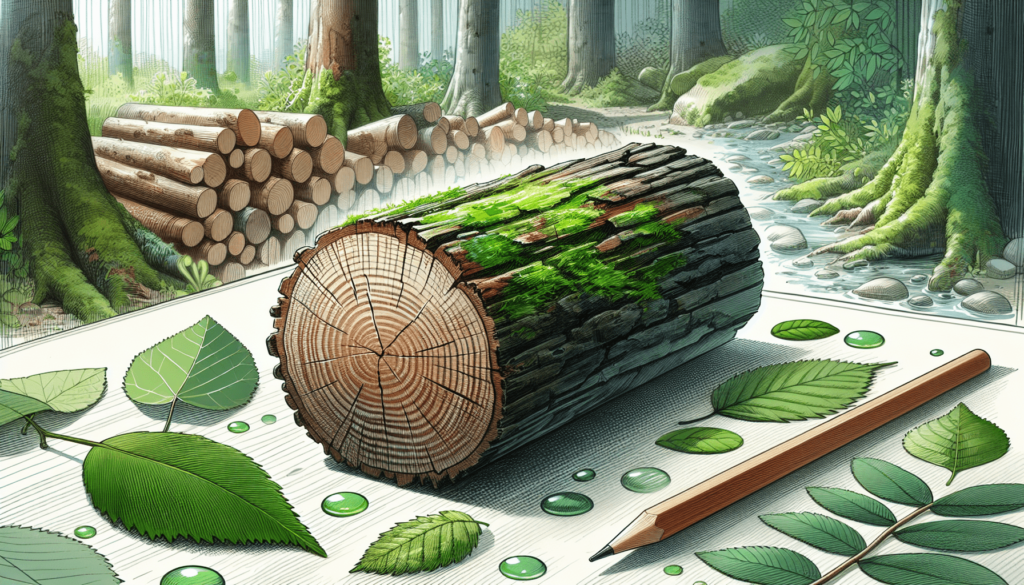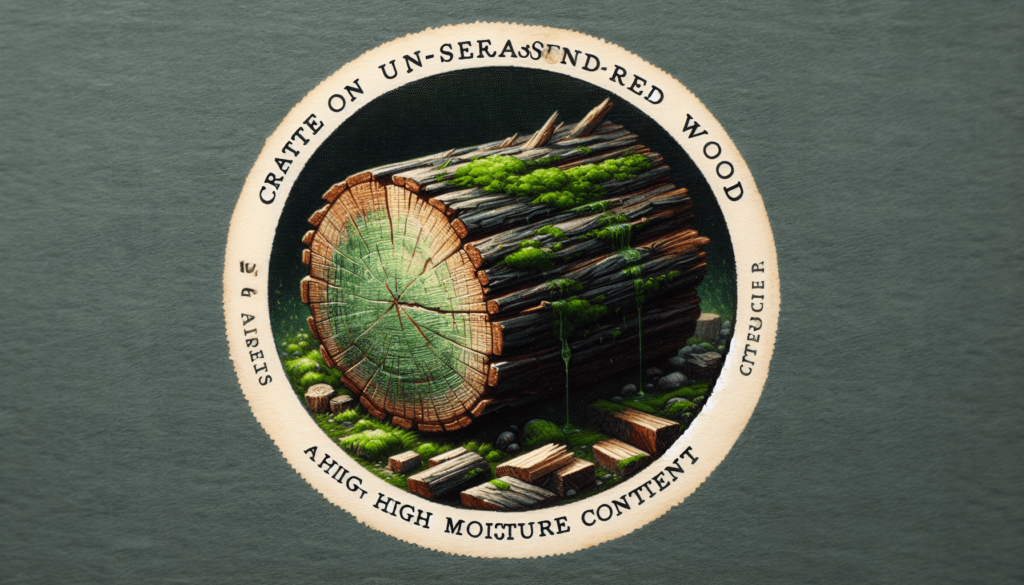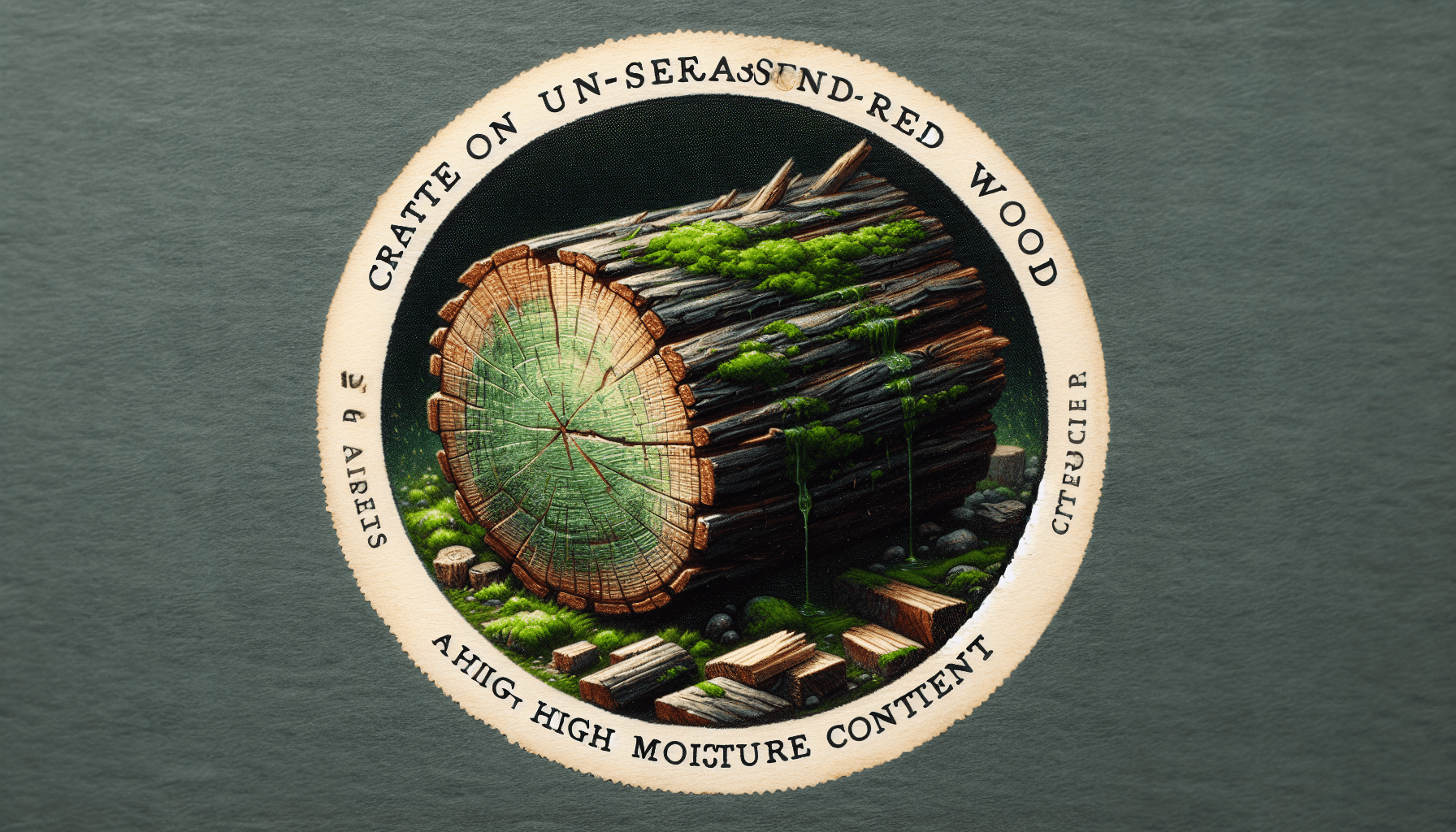When it comes to wood burning, not all wood is created equal. Certain types of wood, like pine and spruce, are actually pretty bad for this purpose. They produce more creosote, a sticky substance that can gum up your chimney and increase the risk of a dangerous fire. Additionally, burning green or wet wood is problematic because it doesn’t burn efficiently and produces a lot of smoke, which can be harmful to your health and the environment. It’s crucial to know what you’re throwing into the fire to ensure both safety and efficiency. Have you ever wondered, “What wood is bad for wood burning?” I know I did, especially after a few epic fail burns that left me with smoke-filled eyes and soot-covered hands. You see, not all wood is ideal for burning, and choosing the wrong kind can turn a cozy evening by the fireplace into a nightmare. So, pour yourself a cup of tea, sit back, and let’s dive into the world of wood burning together. Trust me, by the end of this, you’ll be a wood-burning connoisseur.
The Importance of Choosing the Right Wood
First things first, why does it even matter what wood you burn? Well, besides the obvious smoke issues, burning the wrong type of wood can be harmful to your health, your fireplace, and the environment. Certain woods create more creosote, a tar-like substance that can build up in your chimney and potentially cause fires. Other types release toxic chemicals when burned, making the air unhealthy to breathe. Plus, some wood just refuses to burn efficiently, leaving you cold and frustrated.
Health Hazards
When it comes to your health, some woods are significant red flags. For instance, treated wood, which often contains chemicals like arsenic, chromated copper arsenate (CCA), and creosote itself, can release toxins into the air. Yes, you heard that right—burning treated wood is like sending up a smoke signal that says, “Hey, come get your dose of poison!”
Harm to Your Fireplace
If not for your own health, then at least consider the wellbeing of your beloved fireplace. Certain woods can cause excessive creosote buildup, which, unlike wine or fine cheese, does not age well. This not only reduces the efficiency of your fireplace but also increases the risk of chimney fires.
Environmental Impact
Now, let’s not forget Mother Earth. Some types of wood, when burned, release more carbon dioxide and other greenhouse gases than others. Choosing eco-friendly wood helps in reducing your carbon footprint, making your cozy fireplace moments a bit more environmentally responsible.
The Types of Wood You Should Avoid
Alright, so what are these malicious types of wood we should steer clear of? Here’s a rundown of the chief offenders:
| Type of Wood | Reason to Avoid |
|---|---|
| Treated Wood | Releases toxic chemicals |
| Fresh (Green) Wood | High moisture content, produces more smoke |
| Softwoods like Pine | High sap content, causes creosote buildup |
| Driftwood | Contains salt, can corrode your fireplace |
| Poisonous woods (e.g., Oleander) | Toxic fumes when burned |
Treated Wood
I’ve already hinted at this, but it bears repeating: treated wood is a no-go. Imagine sitting by your fireplace, thinking you’re all set for a relaxing evening, only to realize you’re inhaling arsenic. Not the relaxing ambiance you were aiming for, right? Pressure-treated wood, painted wood, or any wood that’s been chemically altered should never make it into your fireplace.
Fresh (Green) Wood
Here’s the thing about fresh or green wood: it’s like trying to burn a wet sponge. High moisture content means it won’t burn well and will produce a ton of smoke. This not only makes for a lousy fire but also irritates your eyes and can even fill your house with smoke.
Softwoods like Pine
Ah, pine—it’s great for Christmas trees, but not so much for your fireplace. Pine and other softwoods have high sap content, which can cause creosote buildup. You might wonder why sap is such a big deal. Well, think of sap as the sticky residue in your shower drain but on fire and in your chimney. Not exactly the kind of maintenance project you want to tackle.
Driftwood
You might think, “Hey, I found this lovely piece of driftwood on the beach; it’ll make a beautiful firewood!” Think again. Driftwood often contains salt, which can corrode your fireplace and release toxic fumes when burned. It’s like inviting rust and poison to the same party. No thank you!
Poisonous Woods
Lastly, some woods are just plain toxic. Woods like Oleander, Laburnum, and even some exotic hardwoods can emit poisonous fumes when burned. Trust me, if the name of the wood sounds like something you’d find in an apothecary’s poison cabinet, steer clear.

Seasoning Your Firewood
Now that we’ve discussed the villains of the wood-burning world, let’s talk about seasoning. Seasoning is the process of drying wood to reduce its moisture content, making it easier and safer to burn. Think of it as the wood’s spa treatment, prepping it to perform at its best.
How to Season Wood
Seasoning wood isn’t rocket science, but it does require some time and patience. Here’s a basic guide:
- Cut the Wood: Split logs into smaller pieces to increase surface area.
- Stack the Wood: Stack the wood in a crisscross pattern to allow maximum airflow.
- Raise the Stack: Keep the wood off the ground using pallets or similar platforms to avoid moisture accumulation.
- Cover the Top: Keep the top of the stack covered to protect against rain, but leave the sides open for ventilation.
Voila! In about 6-12 months, your wood will be seasoned and ready to burn.
Benefits of Seasoned Wood
Burning seasoned wood isn’t just a luxury; it’s almost a necessity. Here’s why:
- Less Smoke: Reduced moisture means your wood burns cleaner and produces less smoke.
- More Heat: Drier wood burns more efficiently, giving you more heat per log.
- Less Creosote: Seasoned wood reduces the amount of creosote buildup in your chimney, decreasing fire risk.
Good Woods to Burn
So, what woods should you actually look for? The best woods for burning are typically hardwoods because they burn hotter and longer. Here are some of the top choices:
| Type of Wood | Benefits |
|---|---|
| Oak | High heat output, long burn time |
| Maple | Burns well, good heat |
| Birch | Easy to split, burns quickly and hot |
| Ash | Low moisture content, burns well even when green |
| Apple | Pleasant aroma, good heat |
Oak
If wood were a prom king, it would be oak. Known for its high heat output and long burn time, oak is a staple in any woodpile. Just make sure it’s well-seasoned, as unseasoned oak can be a nightmare to burn.
Maple
Maple is another excellent choice, offering a good balance of heat and burn time. Plus, who doesn’t love the idea of their firewood doubling as potential syrup in some alternate universe?
Birch
Birch is fantastic for getting your fire started. It’s easy to split, burns quickly, and gives off plenty of heat. However, it doesn’t burn as long as oak or maple, so it’s best used in combination with other woods.
Ash
Ash is like the reliable friend who’s always there when you need them. It has a low moisture content even when green, making it easier to burn. If you’re ever in a pinch and need to use wood that’s not fully seasoned, ash is your best bet.
Apple
If you want to add a delightful aroma to your wood-burning experience, look no further than applewood. It offers good heat and a pleasant smell that can make any room smell like a rustic countryside.

Common Wood-Burning Mistakes
Okay, we’ve covered the basics of good and bad woods. But what about the common mistakes people make? Don’t worry, even seasoned (pun intended) pros make these errors. Here are some mistakes to avoid:
Overloading the Fireplace
It’s tempting to just load up your fireplace to create a roaring fire. However, overloading your fireplace can restrict airflow, making the fire less efficient and increasing smoke production.
Ignoring the Draft
Fireplaces work based on a draft system, pulling air from your home into the fireplace and carrying the smoke out through the chimney. Ensure your damper is open before lighting up, and check that your chimney is clean to maintain a strong draft.
Using Fire Accelerants
This one might seem like a no-brainer, but it’s worth mentioning. Don’t use gasoline, lighter fluid, or any other fire accelerants. They can create dangerous flare-ups and release toxic fumes. Stick to kindling and newspapers to get your fire started.
Neglecting Regular Maintenance
Your fireplace isn’t a “set it and forget it” kind of appliance. Regular cleaning and chimney inspections are essential to keep everything running smoothly. Ignoring maintenance can lead to creosote buildup and increase the risk of chimney fires.
Sustainable Wood Burning
Being environmentally conscious doesn’t stop at recycling cans and composting banana peels. Sustainable wood burning is another way to tread a bit more lightly on the planet.
Choose Local Woods
Whenever possible, choose locally sourced wood. This reduces the carbon footprint associated with transporting the wood long distances. Plus, native woods are often better suited for your specific climate.
Use Efficient Burn Techniques
An efficient burning technique not only maximizes heat output but also minimizes smoke and pollution. For example, the “top-down” method involves placing larger logs at the bottom and kindling on top, ensuring a more complete burn.
Invest in a High-Efficiency Stove
If you’re upgrading or installing a new stove, consider high-efficiency models. They consume less wood and produce less smoke, making them a better choice for both your home and the environment.
Carbon Offset Programs
For the extra eco-conscious among us, consider participating in carbon offset programs. These programs plant trees or invest in renewable energy projects to offset the carbon emissions produced by your wood-burning activities.
Final Thoughts
There you have it—a deep dive into the world of wood burning, with a focus on what wood is bad for wood burning. Next time you gather around your cozy fireplace or bonfire pit, you’ll do so with the confidence and knowledge to make the experience as pleasant and safe as possible.
Remember, the key is choosing the right wood, seasoning it properly, and maintaining your fireplace. Avoid the villains of the wood world, and stick to the heroes. So go ahead, throw another log on the fire—just make sure it’s the right one!
And if you ever find yourself in a situation where you’re not sure if a particular piece of wood is safe to burn, better play it safe and consult a professional. Trust me, your lungs, your fireplace, and the planet will thank you.

